Did you hear the one about the architect who increased the size of his home by almost 100sq m while cutting energy consumption by more than two-thirds?
Welcome to the award-winning passive house, designed by Peter Nickels. Peter, and his wife Edelle O’Doherty, bought their Dublin home in Sunbury Gardens, Dartry, in 2013, knowing that they would need to extend it to meet their needs. With four children aged from 15 to 21, they needed another bedroom, more storage space, and a home office for Peter and Edelle, a nutritional therapist.
The two-storey detached house with a flat roof was built in the early 1970s and is flanked by Victorian three-storey redbrick villas on one side and a 1990s development of three-storey townhouses on the other.
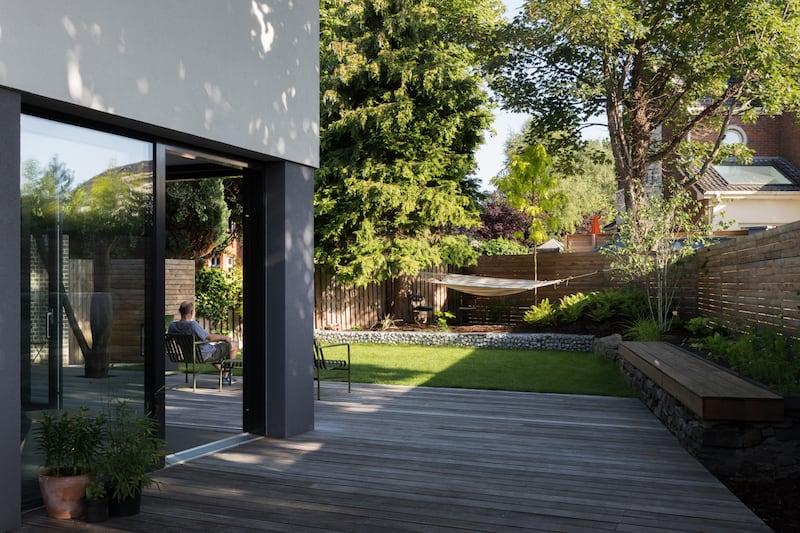
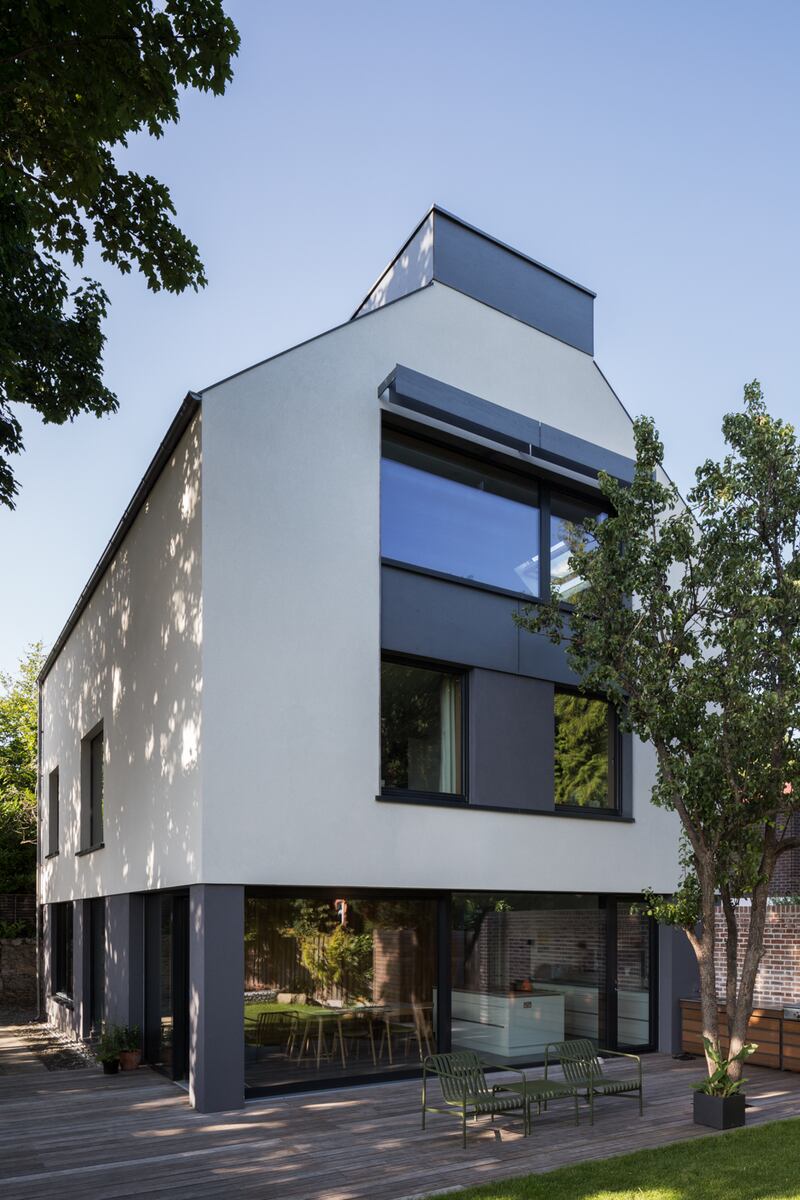
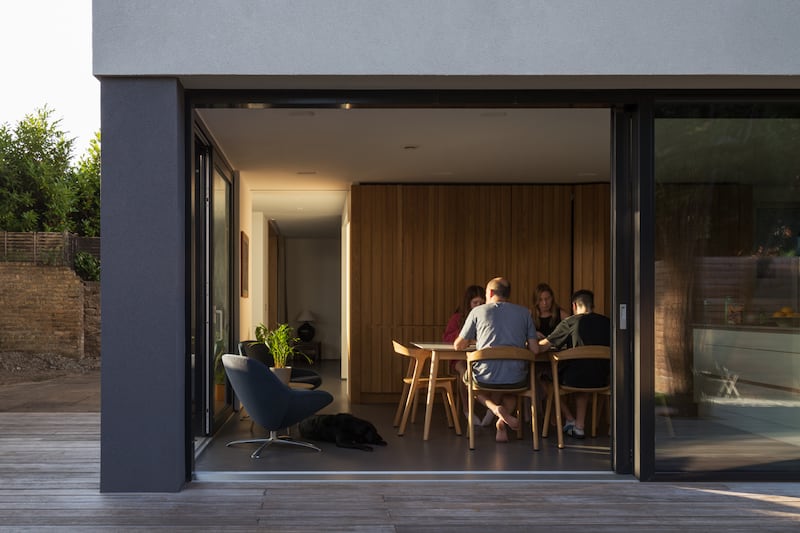
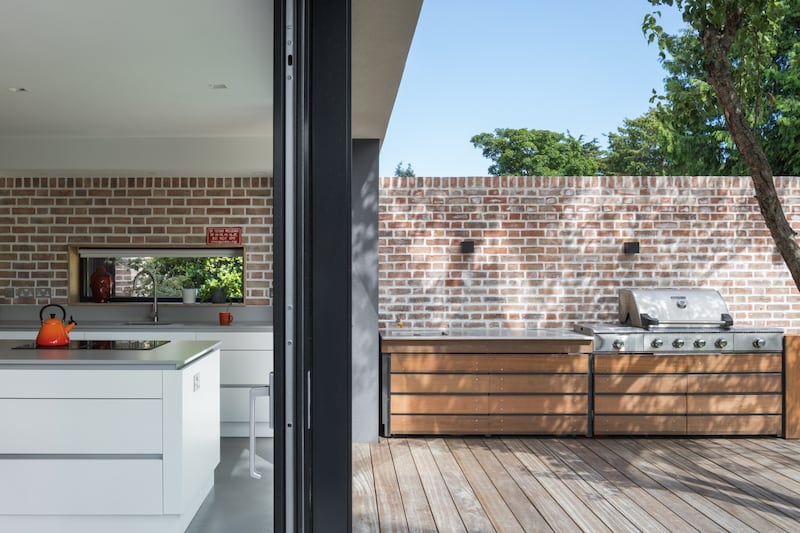
He concluded that the only way was up and devised a plan to add a second floor and increase the area from 179 to 273sq m. His interest in passive house design increased as he planned the house, and every design element revolved around its impact on energy consumption.
Actor Armie Hammer resurfaces as host of celebrity podcast
Heart-stopping Halloween terror: 13 of cinema’s greatest jump scares
Doctor Odyssey’s core message: just imagine Pacey from Dawson’s Creek holding you tight and saying, ‘Shhh, it’s okay’
Conor Niland’s The Racket nominated for William Hill Sports Book of the Year
Building up, rather than out, reduced the potential for heat loss. The house was wrapped in external insulation and six solar panels were placed on the roof. The triple-glazed windows were chosen to maximise thermal efficiency, with frames reduced to a minimum, because the frame is the poorest performing part of the window.
The kitchen was originally in the darkest part of the house, while the south-facing living room got all the sunlight during the day when it was empty. Swapping the rooms around was an early priority.
Shading is an important feature in passive house design as overheating can be an issue on sunny days, so the house has brise soleil solar shading. An existing mature pear tree also provides valuable shade on the south facade.
But the workhorse in this house is the mechanical ventilation and heat recovery unit. This brings in fresh, filtered air. It extracts heat from the exhaust air from bathrooms and kitchens to heat the incoming air and provides endless hot water, even for a house full of teenagers. The house temperature remains steady, at about 20 degrees, at all times.
The couple opted for a Nilan hybrid mechanical ventilation with heat recovery and return air heat pump unit, which cost about €11,500, including the purchase of the ductwork equipment. “That does our hot water, heating and ventilation, so when you compare that against the cost of putting in a conventional central heating system, there’s not a lot of difference, and performance-wise it’s much better,” he says.
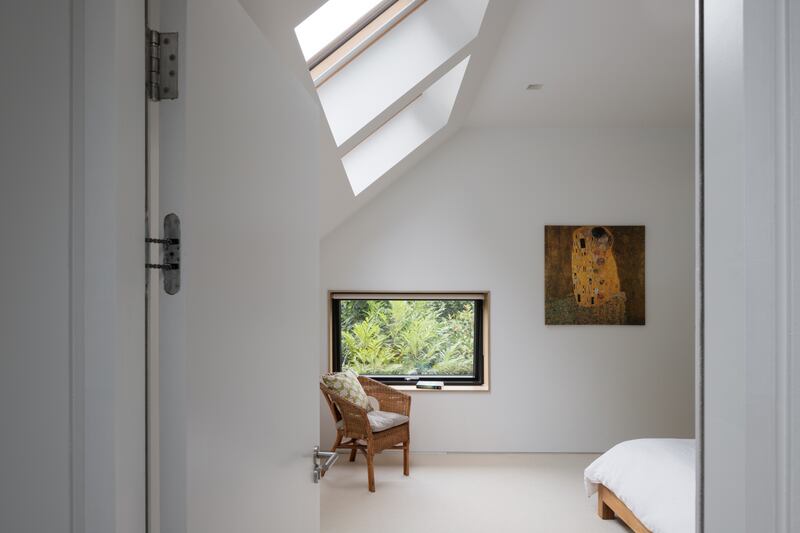
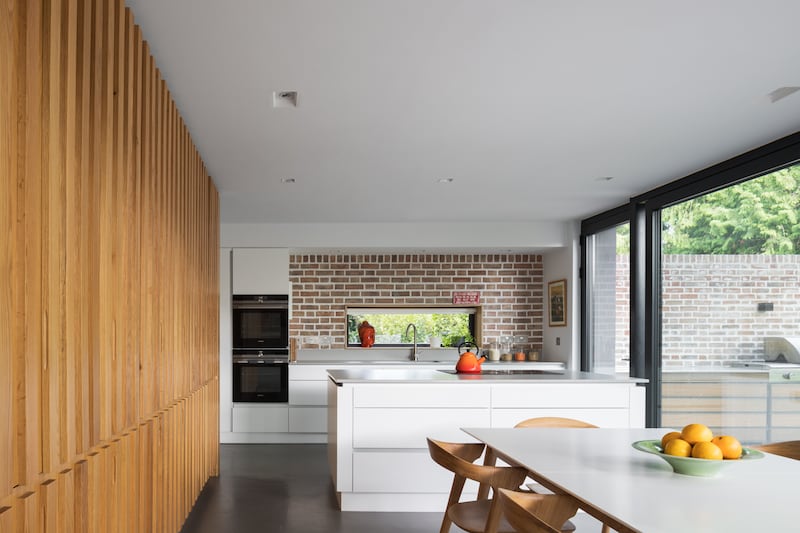
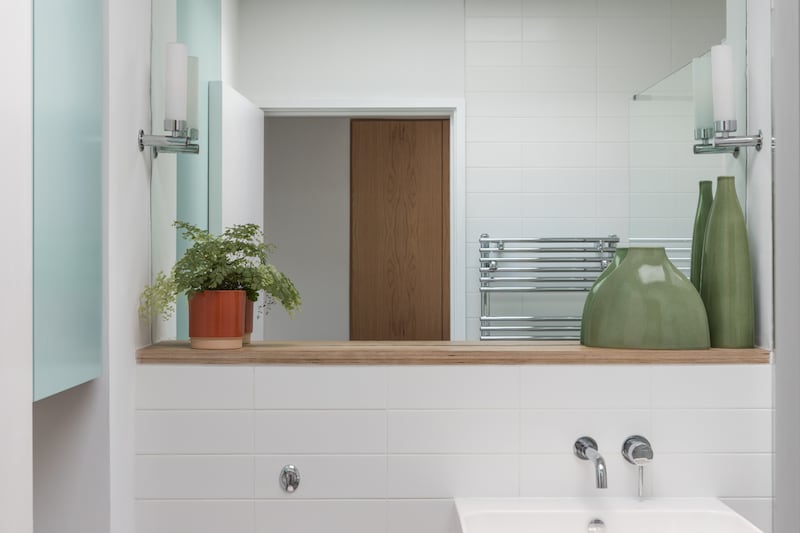
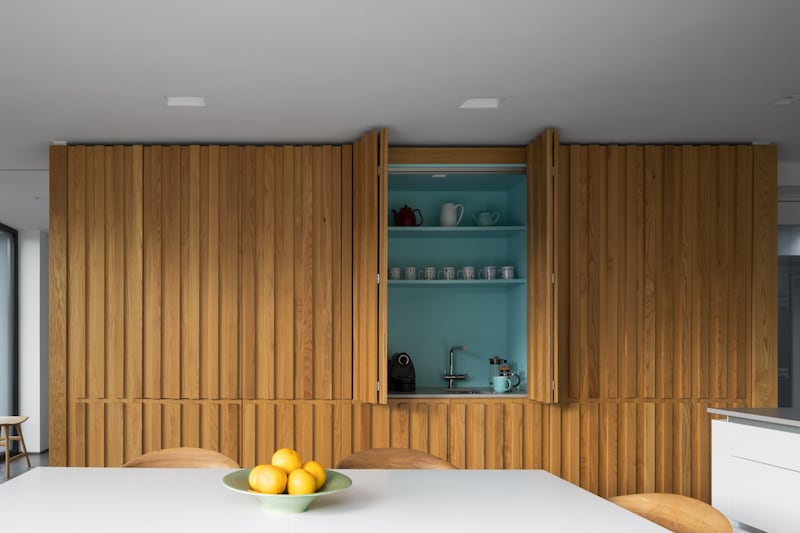
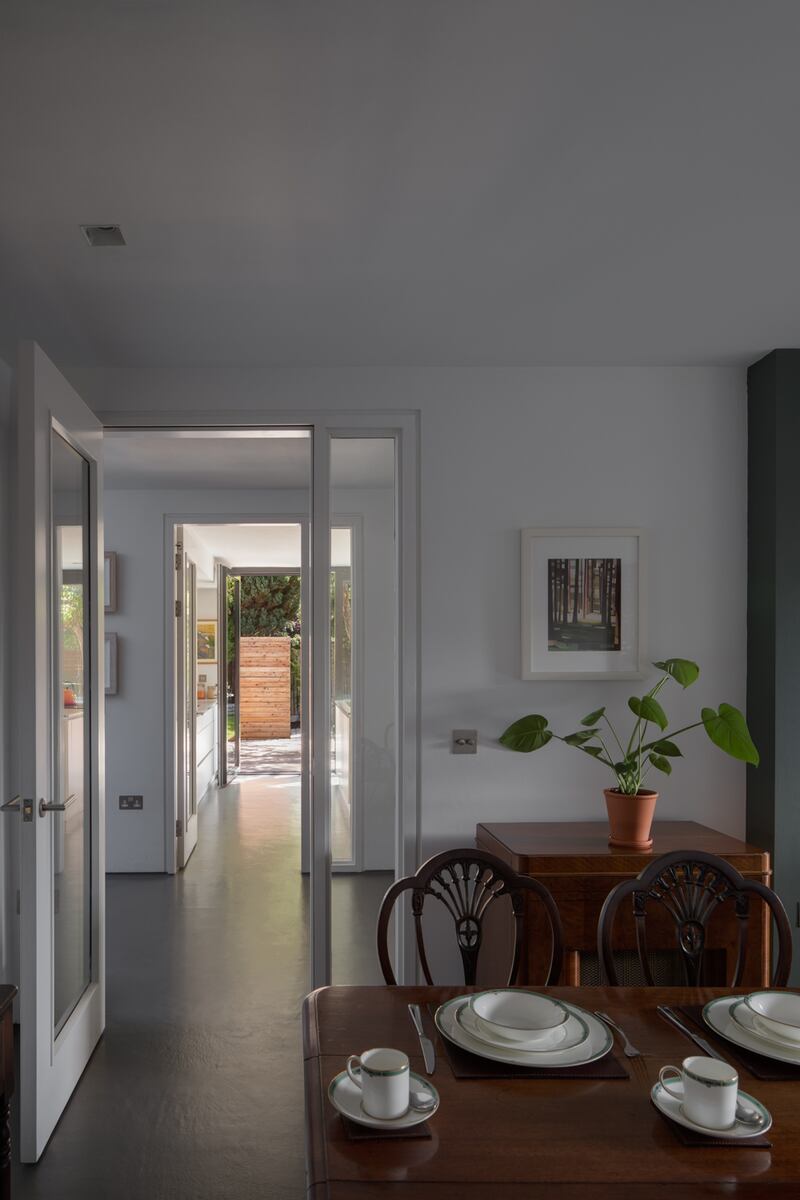
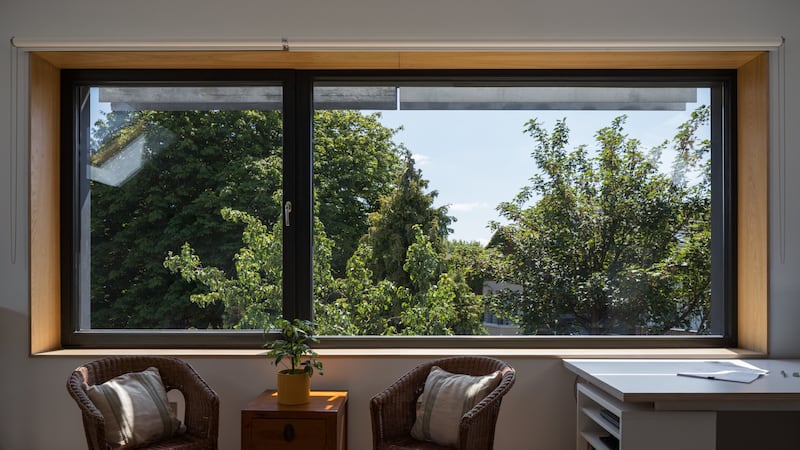
The house went from a BER of D2 to A3 and the rating would have been higher, but for the fact that the back-up heaters are electric, and are penalised in the BER calculation methodology, despite their efficiency. They are controlled by the Nilan unit to switch on when the air temperature drops below a set point. The running cost of the unit is about 40 per cent of the total energy bill.
This brings us to the all-important electricity bill. The work has dramatically cut their energy consumption. The house used 23,628 kWh of gas and electricity in 2018 but this dropped to 9,216 kWh last year.
“Overall consumption has actually reduced further to about 7,500 kWh for this year,” he says. “This is partly down to some small adjustments to the way we run the house, but also the previous figures were measured during lockdowns when we had six of us living and working and studying in the house at all times.”
Their energy bill went from €2,500 in 2018 to €1,294 last year, but this year’s soaring electricity charges will put a halt to any more dramatic drops in electricity costs.
The timing of the build was fortunate. Work started on the site in May 2019 and was nearing completion in March 2020 when the first Covid-19 lockdown loomed. A flurry of activity ensured that the family moved back in just before the State shutdown. While the house was not finished, Nickels and O’Doherty were happy to move into their airy, light-filled office with views of the trees and the Dublin mountains. Their children had their own spacious rooms with desks to continue their education from home.
The house contains many useful space-saving design features. The bright and sunny kitchen has a wall of built-in storage hidden behind veneered doors with vertical oak slats, to disguise the fact that they are all different widths and opening configurations. Six recessed storage cupboards in the hall give everyone a dedicated place for coats, shoes and bags, close to the front door. The original downstairs office is now a den for the teenagers, and a spare bedroom when needed. It is beside a bathroom, future-proofing the house, in case mobility problems arise in years to come.
The project won the sustainability award in the annual Royal Institute of Architects of Ireland awards, and Nickels is now a certified passive house designer.
So what would he say to someone who is thinking about converting their home to a passive house? Not surprisingly, he recommends talking to an architect who is experienced in low-energy retrofits of existing houses. “They will be able to put together a detailed plan for a holistic, whole house retrofit, which is specific to your particular type of house and also your own personal requirements.”
He says people should also consider carrying out the work in phases if cost is a factor. “Your architect will be able to advise how best to phase the work in order to minimise abortive work later on, for example, having to lift floors after floor finishes are put down, and also to minimise any potential risks to the building fabric itself.”
And for anyone building a new home? “A passive house is a no-brainer,” he says. “It’s so achievable. You are wasting money if you don’t go as far as you can with energy efficiency because you are locking in things you cannot change in the future”. peternickelsarchitects.ie
Biggest win
“The comfort level. When you walk in, the house feels warm, but it doesn’t feel like the heating is on full blast. There are no drafts because everything is so well sealed and yet we’ve got fresh air all the time.”
Biggest mistake
“Nothing major. If I was doing it again, I would supply the dishwasher and washing machine with a hot water feed from the heat recovery unit. It’s a shame to waste all that hot water.”






